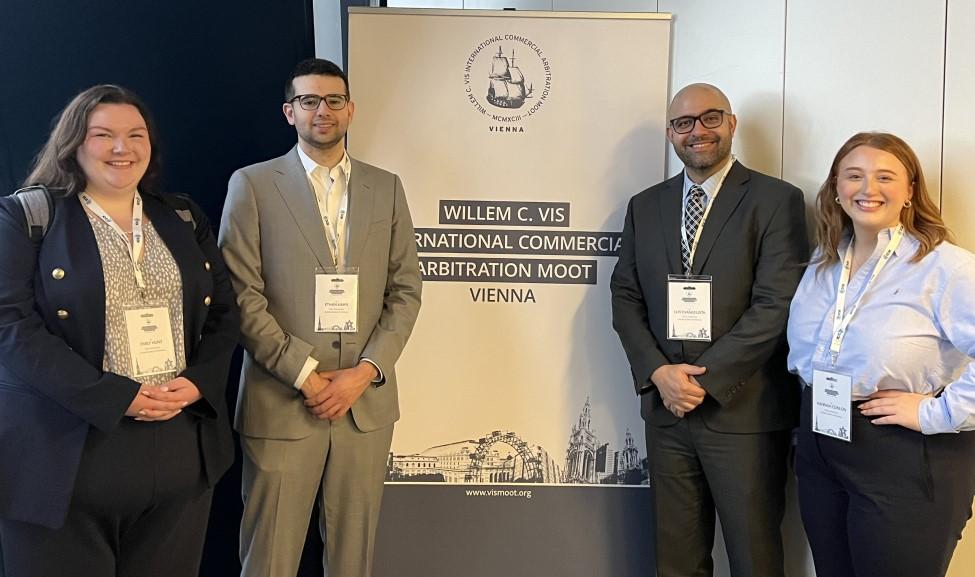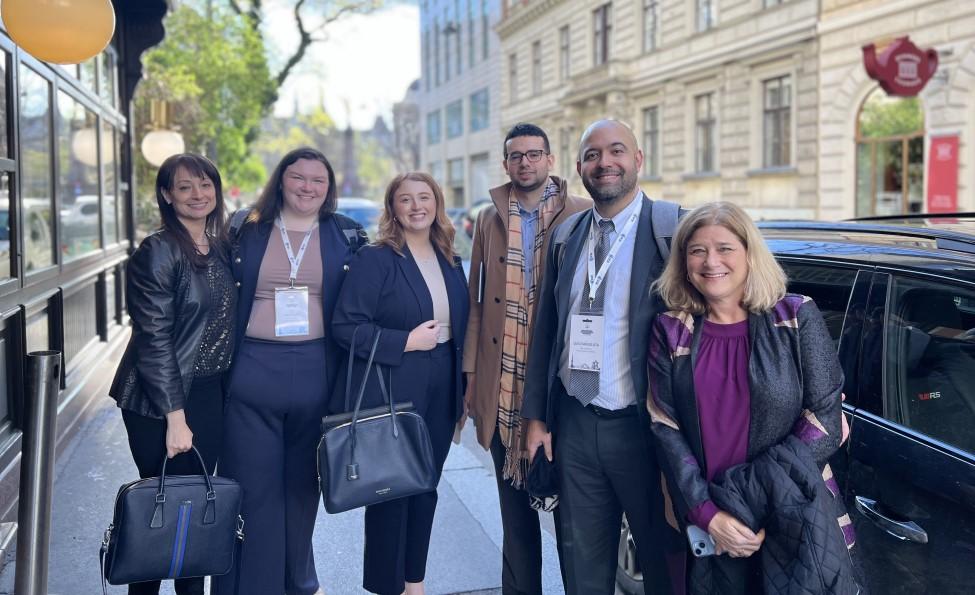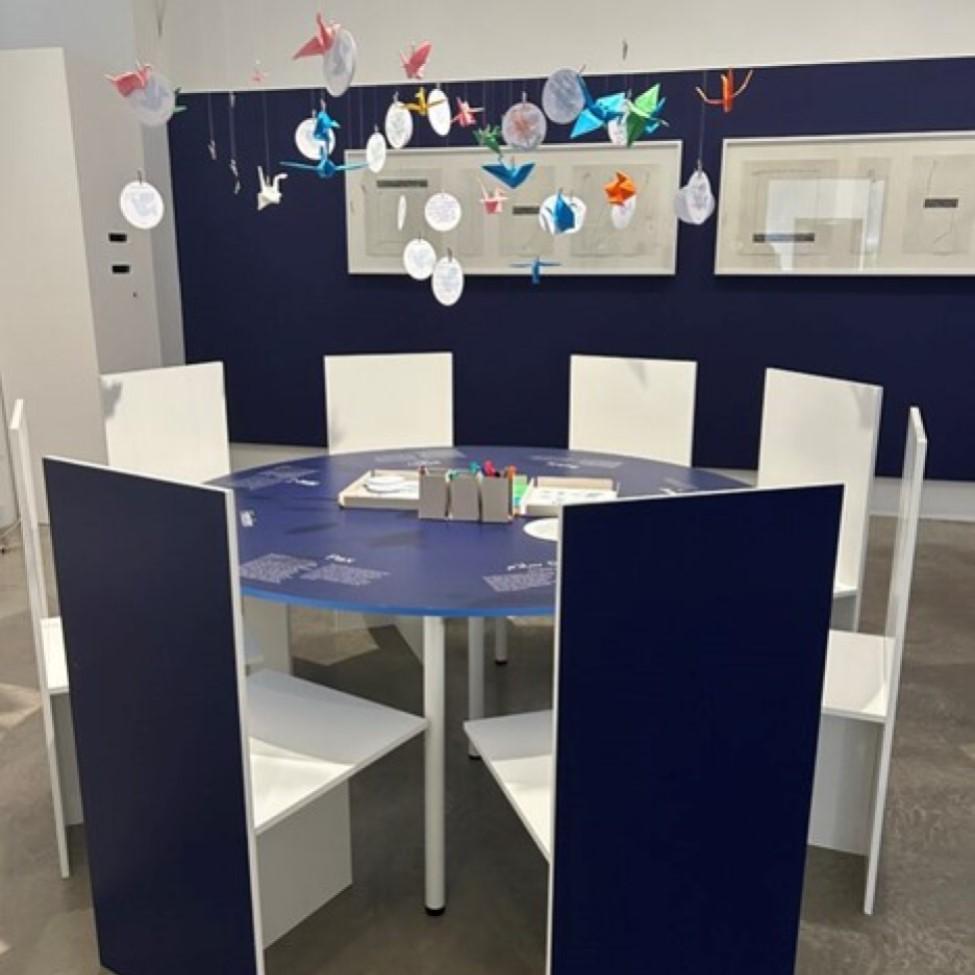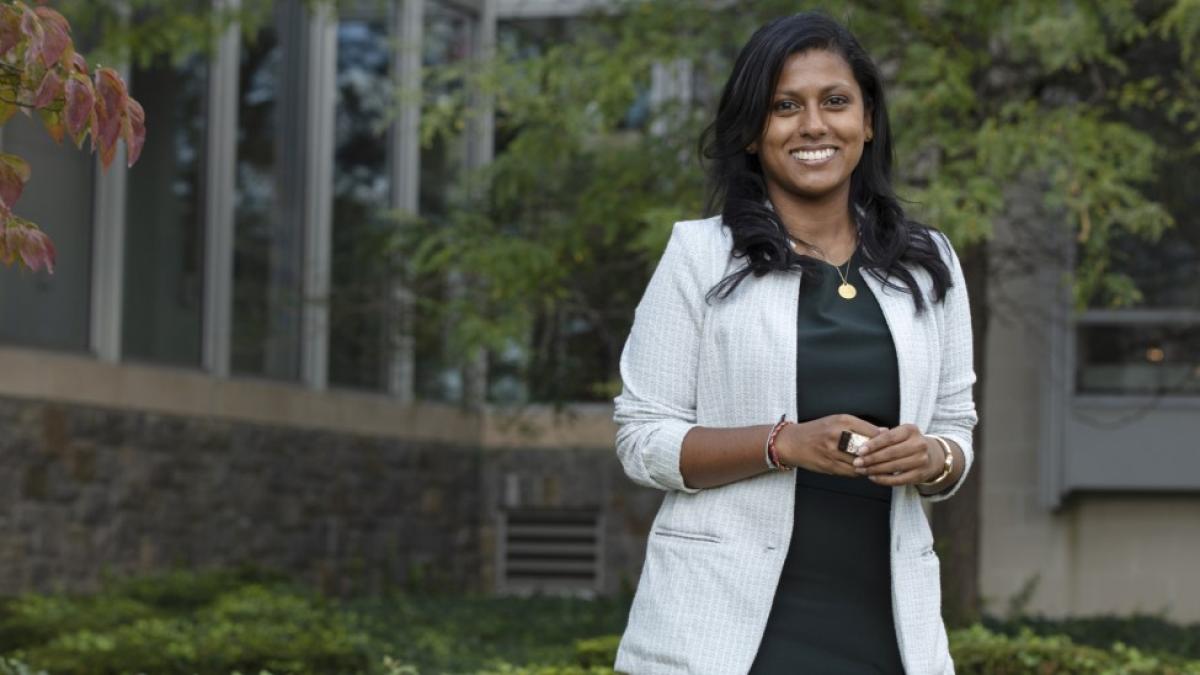
The Art of Peace: The Vis, Vienna, and International Conflict Resolution

In March 2024, I traveled to Vienna, Austria for the first time to represent Haub Law on the “Verein,” known more formally as the “Association for the Organization and Promotion of the Willem C. Vis International Commercial Arbitration Moot.” The Vis Moot is the world’s largest international commercial arbitration student competition, with teams from hundreds of law schools and countries around the world. Held in Vienna each spring, the Vis Moot has expanded over the years to include the annual Vis Moot East in Hong Kong, as well as dozens of “Pre-Moots”—practice competitions—all over the world.

The Elisabeth Haub School of Law at Pace University has a strong and historical connection to the Vis Moot. A Haub Law professor, Dr. Eric Bergsten, founded the Moot, and ran it for many years before the Verein officially took over. Professor Willem Vis, after whom it is named, was a preeminent international arbitration scholar, Haub Law professor, and founding director of the Institute of International Commercial Law at Pace University (IICL). And Pace Professor Al Kritzer was founder of the IICL and published the CISG Database—an online database of decisions by international arbitration panels interpreting and applying the United Nations Convention on Contracts for the International Sale of Goods. Every year, the Vis Moot problem has one procedural issue drawn from a rotation of the rules of various international arbitration providers, and one substantive issue based on interpretations of the CISG.
My experiences at the 31st Vis Moot deepened my perspective on international commercial arbitration. I observed Haub Law’s outstanding student team compete in a few of its rounds, and I served as an arbitrator for other rounds. I marveled at the wonderful mentorship, coaching and nonstop cheerleading of our team provided by Professor Linda Wayner and “Vis Mootie” and Haub Law alumna Bryn Goodman ‘11. I participated in the meeting of the Verein to debrief this year’s competition and discuss planning for next year. I attended the festive (and packed) Opening Ceremonies, at which Professor Bergsten, who passed away last summer, was honored and remembered fondly. I also attended the annual Bergsten lecture, delivered by Professor Patricia Louise Shaughnessy, Associate Professor at Stockholm University, Law Department and President of the Vis Moot Association, who addressed the topic: “Arbitration and the Rule of Law: delivering justice in a consent-based, private process.”

Not only did I learn about international commercial arbitration while in Vienna, I also availed myself of the opportunity to learn about foreign perspectives on the broader field of international conflict resolution. To that end, on a visit to the Jewish Museum in Vienna I learned more about the history of Jewish life in the city and fortuitously stumbled across a temporary exhibit at the museum called “FRIEDEN/PEACE.” [Frieden is the word for peace in German.] The exhibit was put together in the wake of Russia’s invasion of Ukraine in February 2022 and was finalized around the time of the Hamas attack on Israel on October 7, 2023. The exhibit “recalls the idea of peace as an achievement of civilization and may be seen as a contribution to a culture of peace that is still defective.”
The thought-provoking and moving exhibit was quite relevant to my teaching of conflict resolution. As my students know, I preach the value of developing negotiating skills as a lawyer. So, no surprise here: I was drawn to what was called “The Negotiating Table.” As pictured here, in the middle of the exhibition room was a round table with eight chairs, with origami birds, an international symbol of peace, strung over the table resembling a childhood mobile. The mobile resulted from a kids’ activity: children were asked to write out what “peace” meant to them on a round piece of paper which was then hung next to the origami birds.

Imprinted on the table in front of each chair was the word for “peace” in eight different languages: Frieden, shalom, salam, mir, pokòj, ahimsa, he ping, pax, and eirene. The exhibit explained: “peace has many, often metaphorical, meanings and is understood differently depending on the historical, religious, or cultural context. The ideas and concepts about peace are correspondingly diverse. We have collected the main ones here on our ‘negotiating table.’”
The exhibit also explained that “peace is not just the absence of war. This negative definition is contrasted by peace researchers with positive peace, which also includes the absence of structural violence and is linked with the concepts of justice, democracy, human rights, and international law.” The notion that peace is not just the absence of war resonated deeply with me, as eliminating war cannot be the only goal of peace talks. Rather, peace talks need to address the warring countries’ underlying interests, needs and desires.
The notion that peace is not just the absence of war resonated deeply with me, as eliminating war cannot be the only goal of peace talks.
When I returned to campus, I shared my experiences of the exhibit with my Survey of Dispute Resolution Processes class. After reminding students how we explored various aspects of conflict in the first class of the semester, I then asked them (and now ask readers) to ponder what the Exhibit forcefully asked its visitors: What does peace mean to you?


